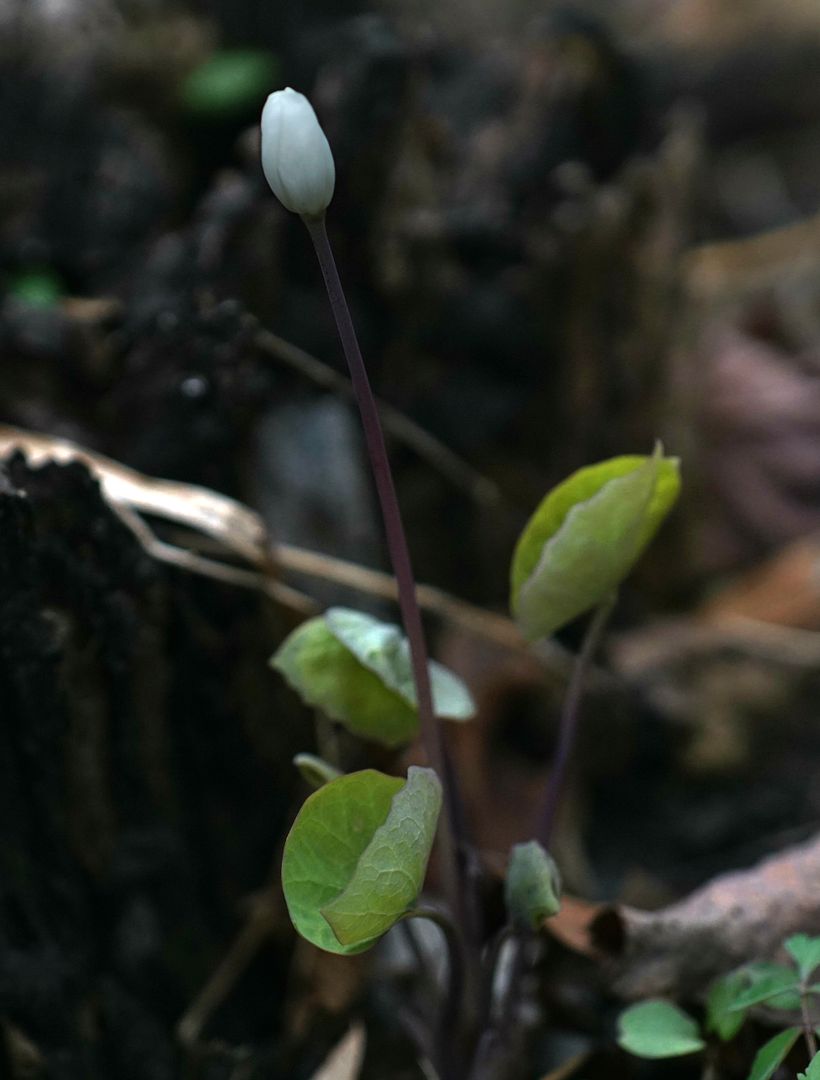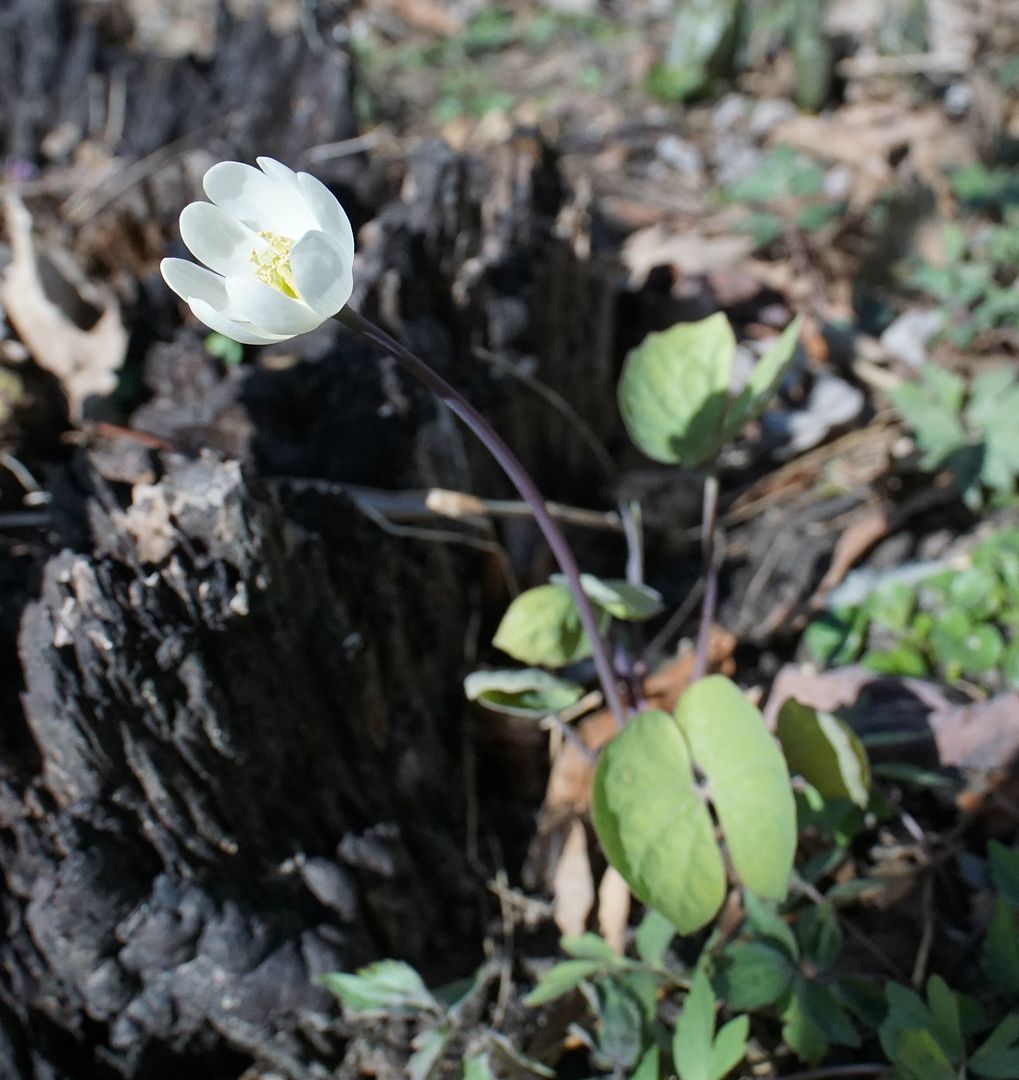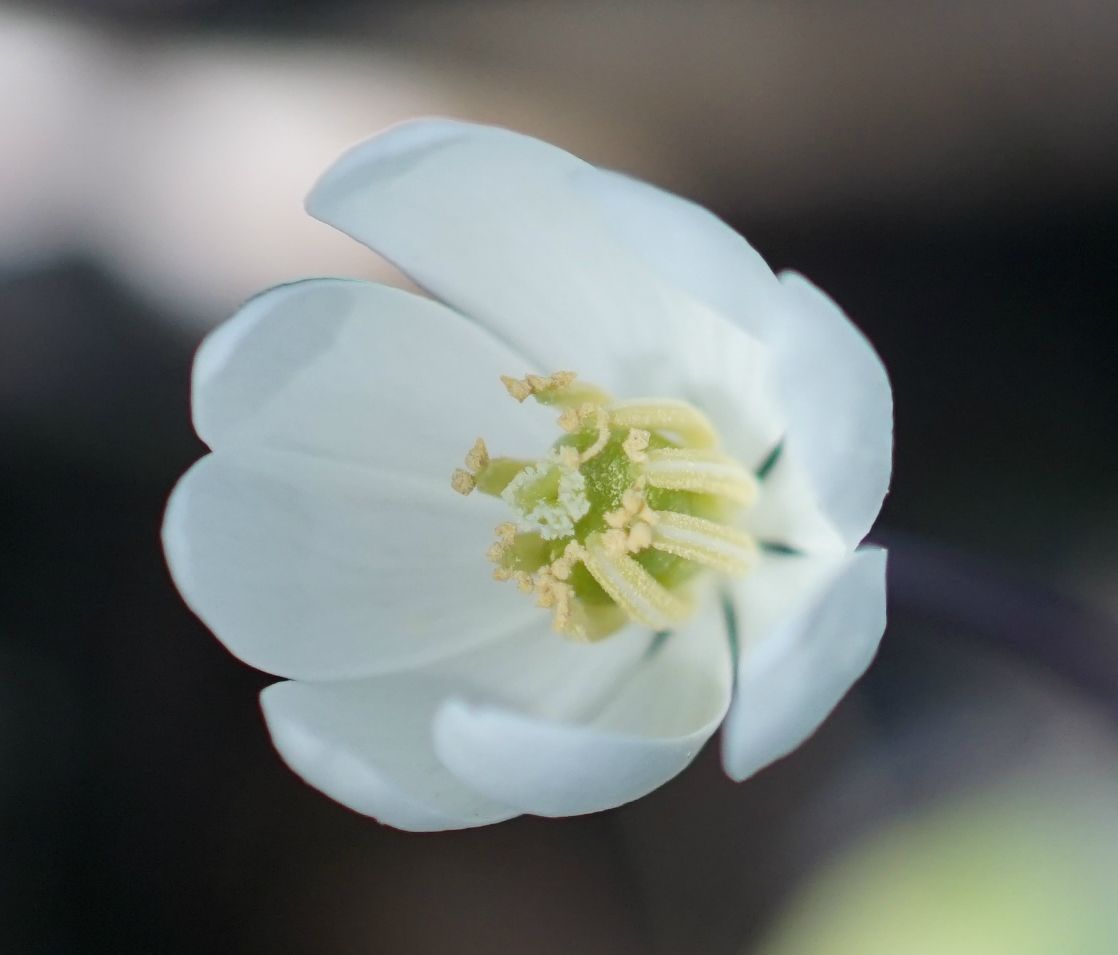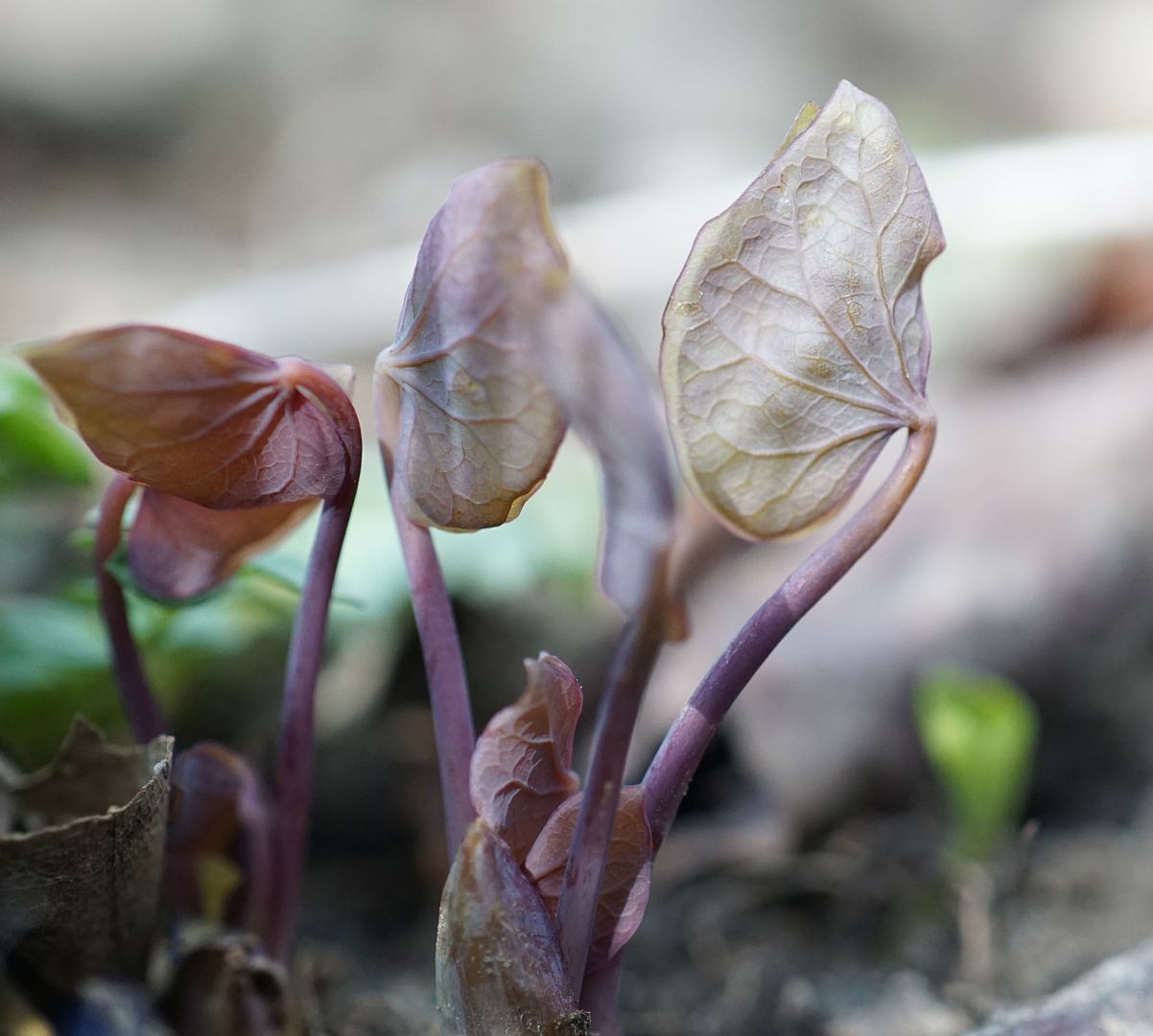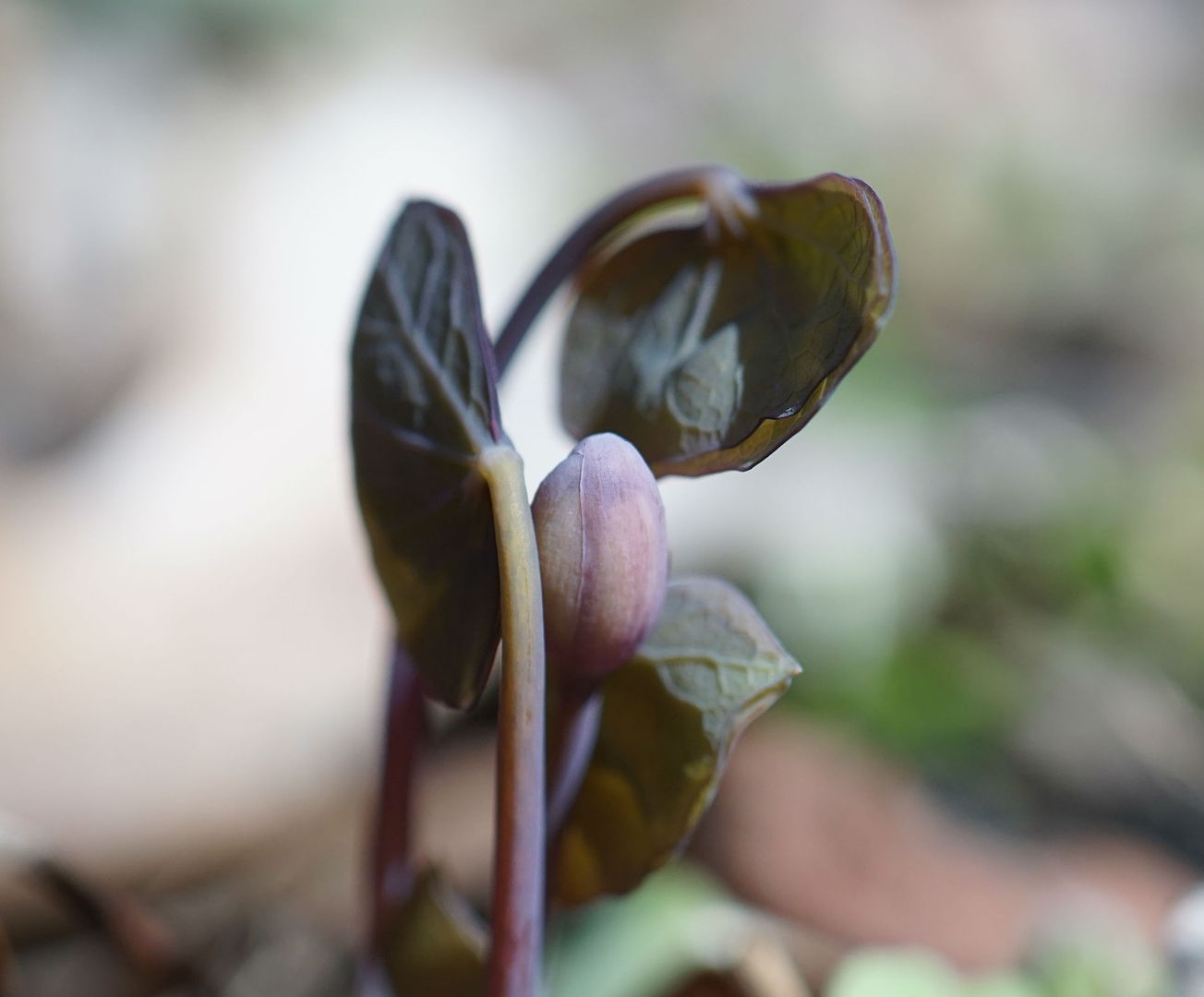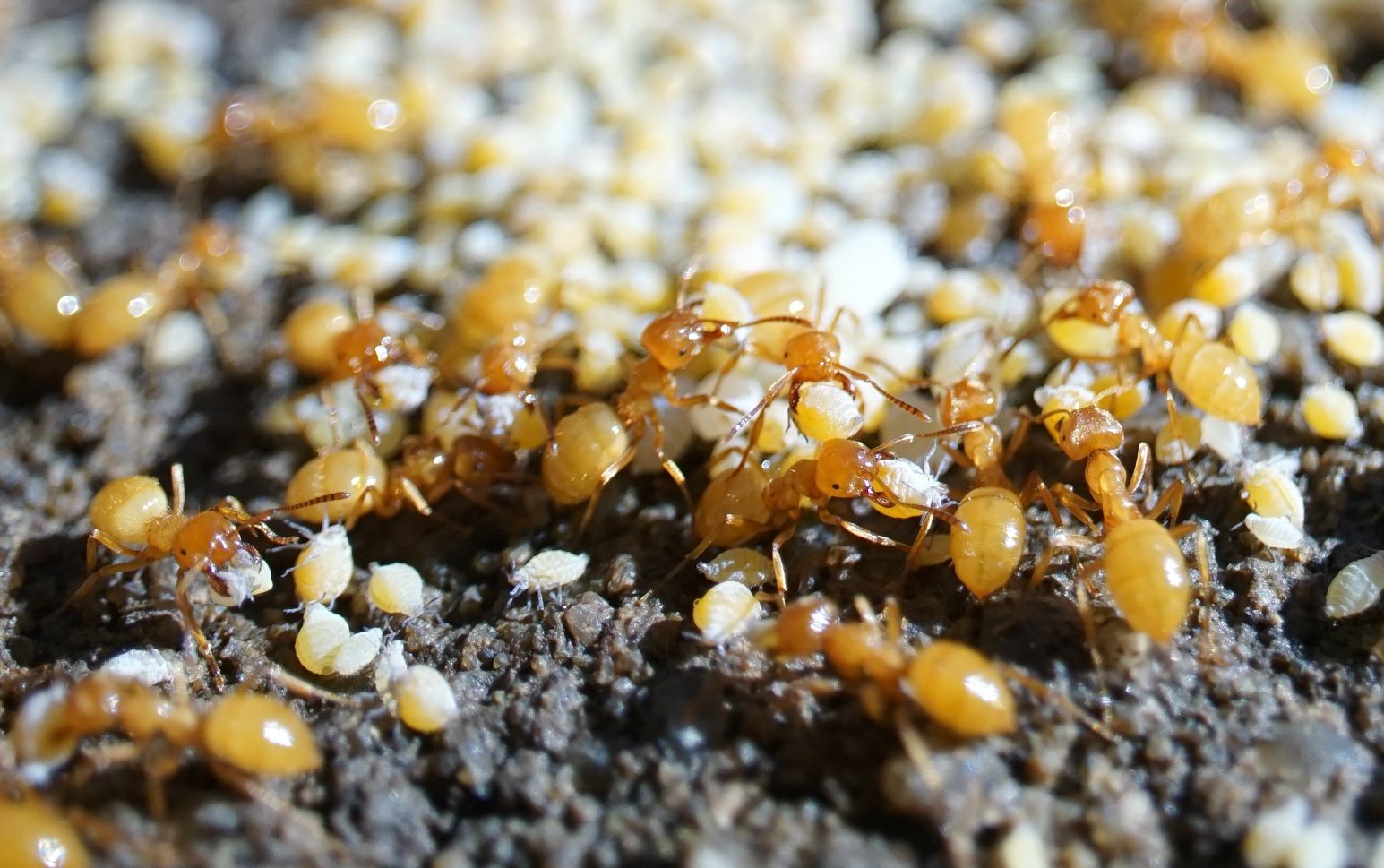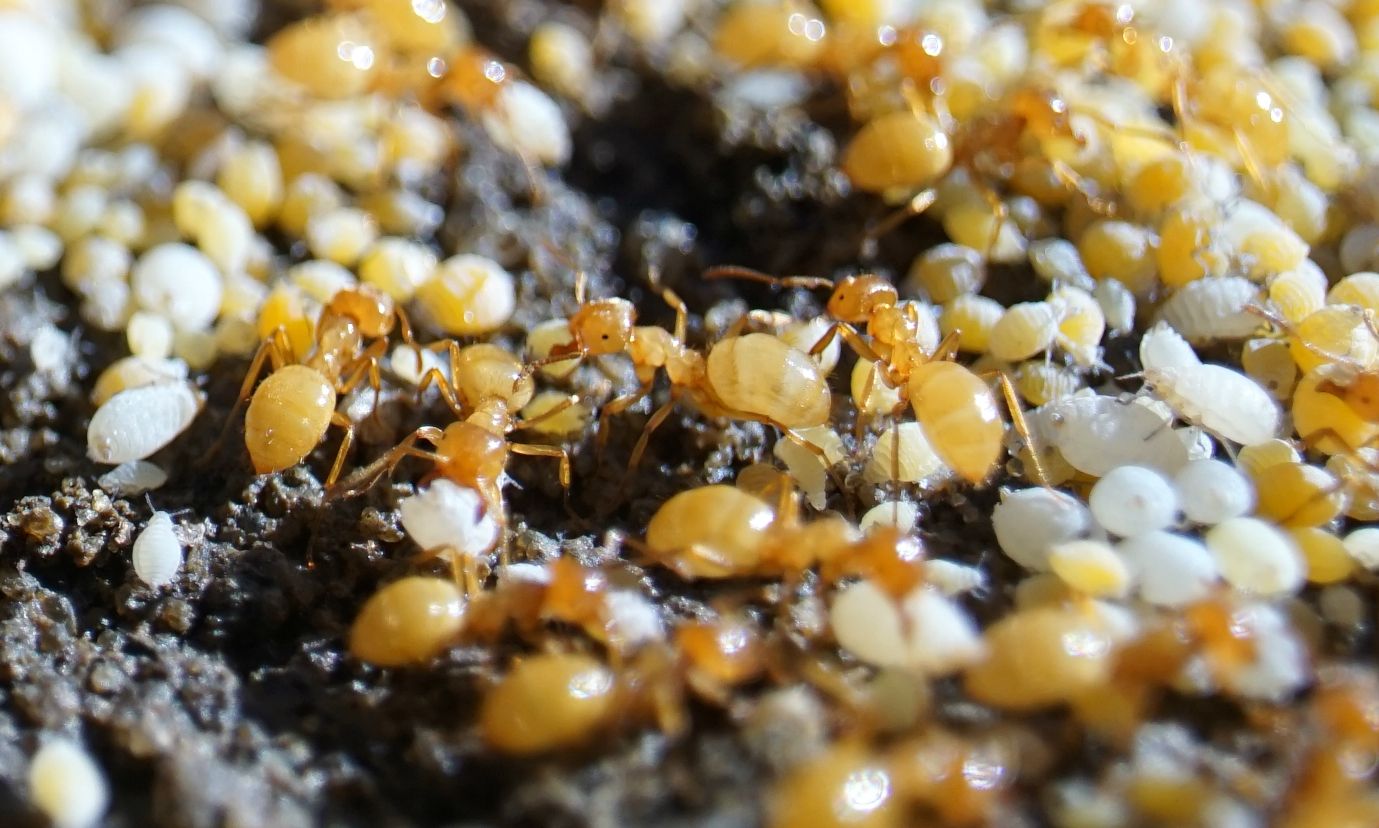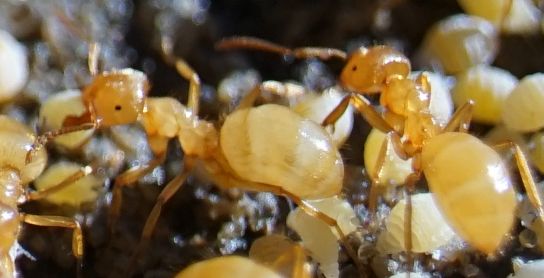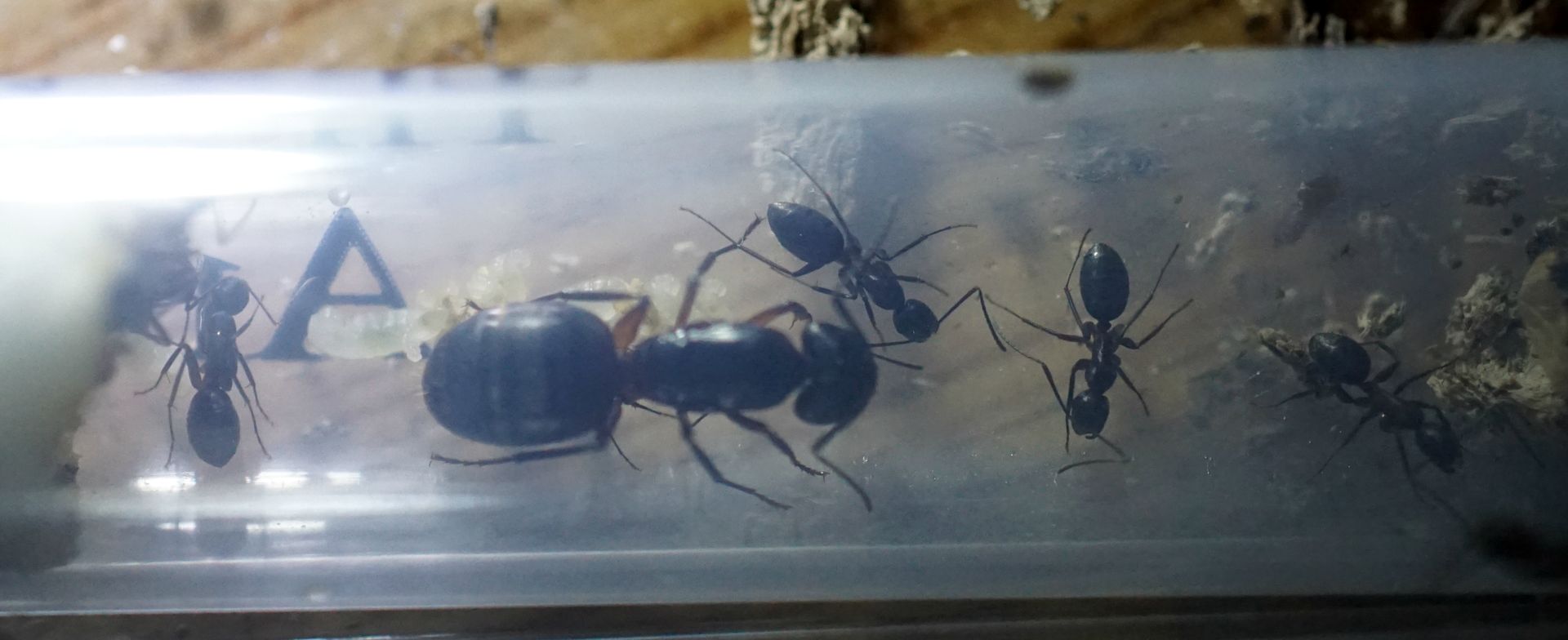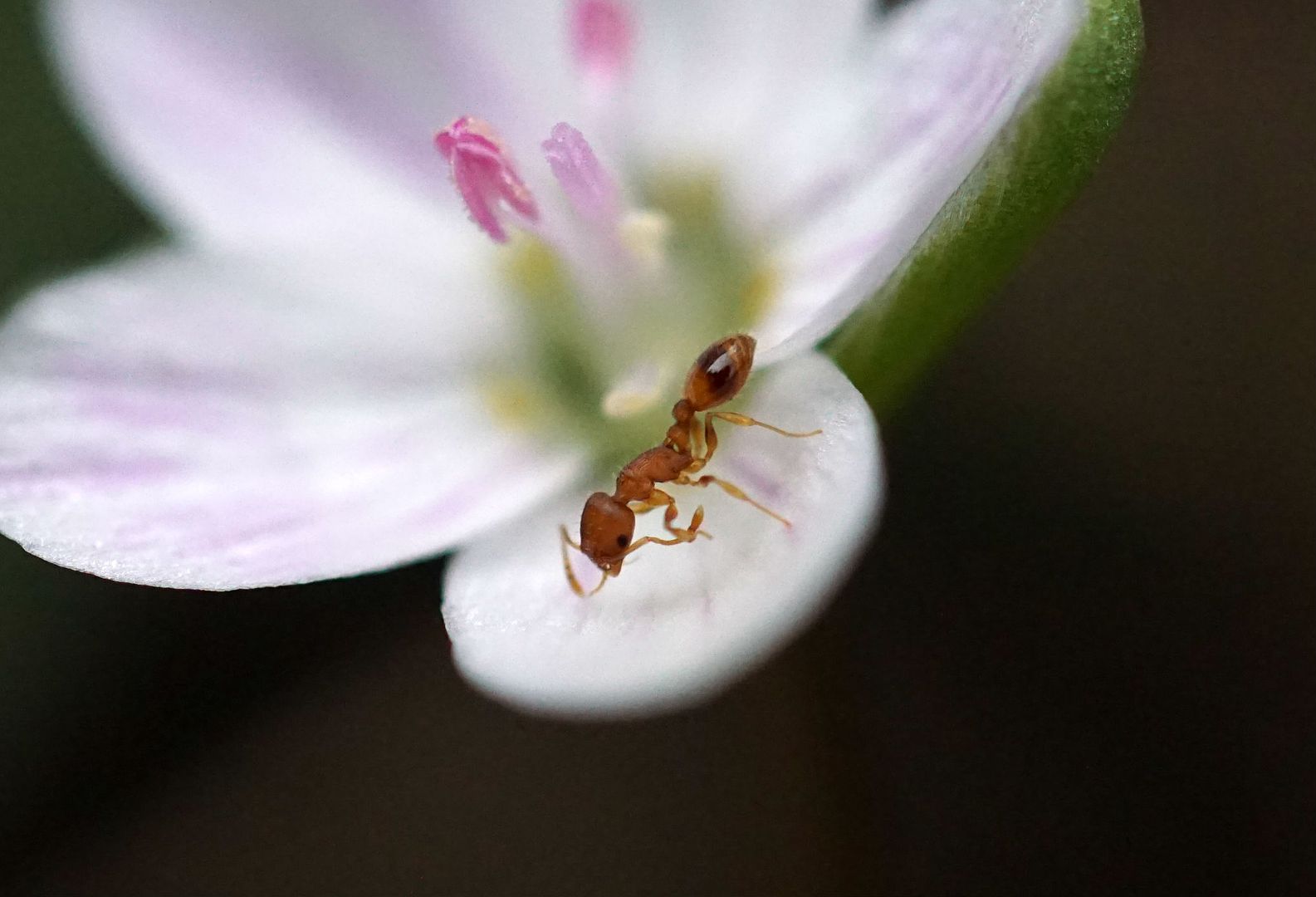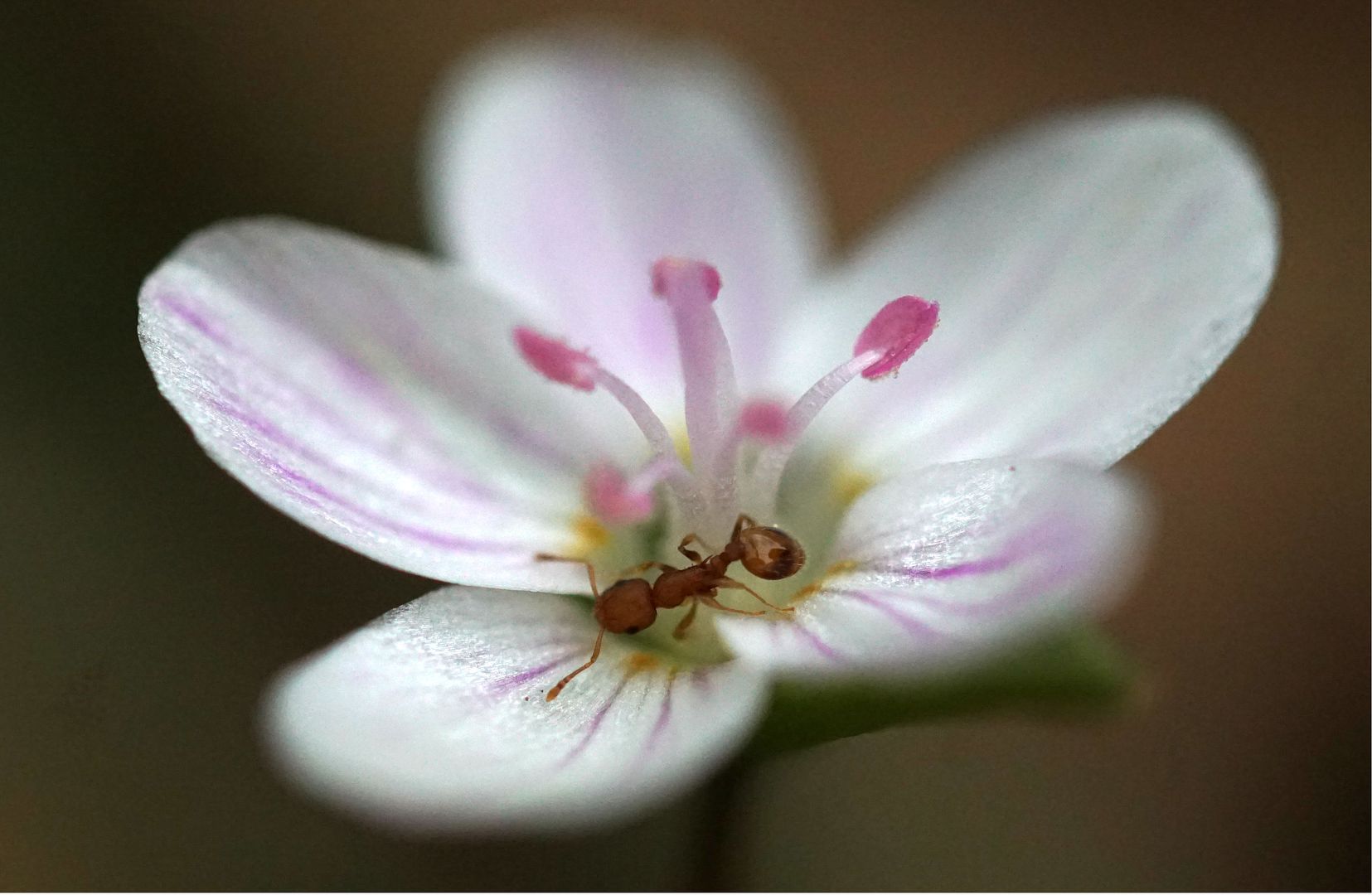Wednesday, March 29, 2017
Twinleaf
Twinleaf is flowering, Jeffersonia diphylla.
One of the most fleeting of our spring wildflowers, they only bloom for between 8 hours to 2 days, and that's it for the year!
This one plant in particular is flowering sooner than other ones in my yard, likely because it's positioned in full sun and not in a place where leaf litter piled up. I don't bother to remove the leaves from my gardens and use them as a natural mulch; even so, they still tend to gather up or blow out in places. Twinleaf plants that are only a few feet away from this one have only just pushed out of the ground.
Pollination has always been an issue for this species. The flowers basically open with the pollen anthers touching the stamin so they almost always self pollinate. I'd love to test out and see if cross pollination would increase the size of the elaiosome packets on the seeds but rarely get more than one individual plant flowering.
Just a few feet away, other Twinleaf plants are just emerging. Clearly I should have put them all as one clump instead of spreading them out as I did. You wouldn't think 3' would make that much of a difference in bloom time but for this species it does. The slightest difference in sun exposure and leaf litter greatly effects when they emerge. And for a species with such a short flowering time, it's an issue.
This one is just coming up with it's bud and likely won't even flower for another week or two. By then the first plant will have faded.
Thursday, March 23, 2017
This Week in Anting 03/23/2017
Ants in Order of Appearance: Formica pallidefulva, Tetramorium caespitum (species e.), Ponera pennsylvanica, Lasius interjectus.
Focusing on the Lasius interjectus a bit. I was surprised to see these under the stone because other species like Aphaenogaster rudis and Camponotus castaneus were no where to be found under the rocks and logs I usually find them on. Apparently L. interjectus is a bit more cold hardy than I gave them credit far though it's not surprising as the related L. claviger has queens which spend the winter wondering out of the nest.
You can sort of make out her one of their root aphids producing dew. (This was directly in the middle of the stone they were under so I don't think I squished it.)
I chanced upon a worker with a curious gaster (abdomen) which has a large white patch in it. As you can see in all my other photos, this is not the norm.
Most likely it's just full of honeydew and the crop (social stomach) is positioned oddly inside the ant. Though other possibilities include a parasitic nematode, the worker was born with ovaries and is readying to produce eggs, or maybe I'm just seeing things.
The Twinleaf plant featured in the video a few days ago, Jeffersonia diphylla. I'll be sure to take pictures when it opens.
Sunday, March 19, 2017
Camponotus chromaiodes colony 03/19/2017
A colony of Camponotus chromaiodes which I obtained last August has started to wake up. The workers have started foraging and exploring their setup, which is nothing impressive. I'll be moving them to a new setup in a few weeks.
Also their brood has started developing again. Lots of ants have different strategies to survive the winter. For Camponotus their larva simply stop developing, remaining in the size as the two on the right. As food becomes available to them though they begin to develop.
Saturday, March 11, 2017
Thursday, March 2, 2017
Subscribe to:
Posts (Atom)
